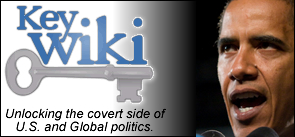The Roar of the Forgotten Man and Woman
By: Michael Johns On February 14, 2017, I spoke to the Cornell Political Union at Cornell...
Read MoreBy: Michael Johns On February 14, 2017, I spoke to the Cornell Political Union at Cornell...
Read Moreby TMH | Feb 18, 2016 | Constitution, History, Politics | 0 |
By: Michael Johns When I first became engaged in national public policy and politics in the...
Read Moreby TMH | Feb 3, 2015 | American Revolution, American Stuff, Constitution, Financial, Founding Fathers, History, Illegal Immigration, Military, Politics, Religion, Survival, Taxation, Terrorism | 0 |
By: Michael Johns The largest and most impactful political movement, at least since the civil...
Read More

My beloved husband,
GARRY HAMILTON,
passed away
on September 24th, 2022.
I will love you always.

